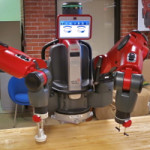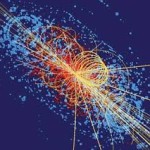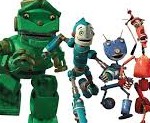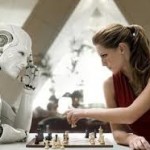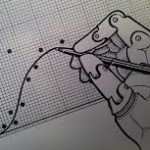Christopher Watson on what to look for in a potential new earth. From BBC news.
“(…) Water in liquid form is thought to be a necessity for life on Earth.(…) Based on this, let’s look at the classical definition for the habitable zone as the region around a star, such as our own Sun, where the temperature of any orbiting planet permits water in liquid form.
Greenhouse gases (…) The very latest habitable zone definitions use simulations of these cloud and greenhouse effects – widening and blurring the crude classical definition.
Throw into the mix that we currently can’t study the atmospheres of rocky terrestrial exoplanets (and therefore have no idea whether they have clouds, greenhouse gases, or even an atmosphere at all!) – then to say “that planet is habitable” is impossible, for the time-being at least.
(…) High doses of radiation also tend to be harmful to biological material, and X-rays are capable of dissociating water – thereby depleting any water supply. Not ideal.
(…) Based on our knowledge of how life evolved on Earth, it is unlikely that even simple life would have time to evolve around stars that are all that much hotter than our Sun.
(…) a planet in the habitable zone of a red dwarf now was probably once scorching hot, and in the future will be freezing cold.
(…) Just over 20 years ago we didn’t know of ANY planets beyond our Solar System (we now know of thousands of candidates!) and only in the last few years have we been able to find small, rocky alien worlds.
The pace of discovery is astonishing and in 20 years’ time I suspect I will look back at this article and find I was totally wrong about everything.
This is what progress is.”


